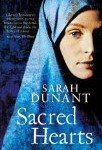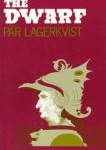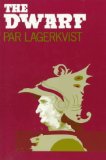Five words from the blurb: Italy, sculptor, hidden, dangers, revelations
Last year I read The Book of Revelation by Rupert Thomson and was impressed by its original and thought provoking plot. So when an unsolicited review copy of Thomson’s latest book popped through my letter box I was keen to see what he’d written. Secrecy is very different in style to The Book of Revelation, but his ability to write such accomplished books in different genres is a testament to his skill as an author.
Secrecy is a vivid piece of historical fiction set in 17th Century Italy. The central character, Zummo, is an artist who creates macabre models from wax. Zummo has many secrets and is forced to flee from his home town to Palermo, then Naples. Luckily he finds favour with Tuscany’s Medici ruler, Cosimo III, who commissions him to make a large wax sculpture, the nature of which is to be kept secret from everyone around them.
The writing was atmospheric and reminded me of Pure by Andrew Miller in the way it also contained depth and insight:
Secrecy has many faces. If it was imposed on you, against your will, it could be a scourge – the bane of your existence. On the other hand, you might well seek it out. Nurture it. Rely on it. You might find life impossible without it. But there was a third kind of secrecy, which you carried unknowingly, like a disease, or the hour of your death. Things that could be kept from you, maybe for ever.
The plot contained many twists and turns, but none were jaw-dropping – it was simply good old-fashioned story telling. Unfortunately I never connected emotionally with Zummo, but I remained interested in his story throughout. He was a fantastic character and I loved the fact that he was so flawed; encouraging the reader to be disgusted by him one moment and then feel sympathy for him the next.
This period of history was unfamiliar to me so I enjoyed learning at little about life in the Medici court. This book was clearly very well researched, but I liked the way that the historical facts were present, but never over-burdening.
Overall this was an enjoyable read and I’d recommend it to anyone looking for a good piece of literary historical fiction.

.





